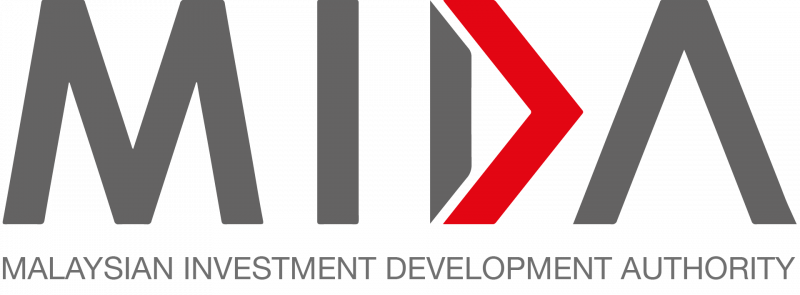The government, multiple agencies within the government, data centre operators and other stakeholders are learning how to manage and deal with data centres and how to grow the industry sustainably.
Deputy Investment, Trade and Industry Minister Liew Chin Tong said that more importantly, the government’s focus is not solely on data centres.
“Instead, it is about growing the businesses and creating jobs that are powered by data centres, including the local equipment suppliers, building a robust technology ecosystem and the services jobs in Malaysia,” he said at the Malaysia Cloud and Data Centre Convention 2024.
He said as Malaysia entered a new phase in 2024 with the advent of generative artificial intelligence (AI), the demand for data centres increased exponentially to accommodate its intense computational demands.
“The market size of AI is expected to grow by four times within the next six years and it will drive 15% annual growth in global data centre energy demand over the same period of time,” said Liew.
He noted that for a start, to work on guidelines to regulate the data centre industry, the government is developing the guidelines on power usage effectiveness (PUE) and water usage effectiveness (WUE).
He said the government is taking one step further to deal with carbon usage effectiveness (CUE) to improve energy efficiency and sustainability.
Meanwhile, Liew said investments in data centres should only be pursued if they bring tangible added value to the people, such as high-paying job opportunities and knowledge transfer.
A fresh shift in focus is now essential, ensuring that the support provided uses a multiplying effect that directly benefits the people, he said.
This is because the country could no longer sustain the outdated approach of offering incentives and support to investors without considering the broader economic benefits.
He also outlined five challenges that must be dealt with when building the infrastructure and growing data centre business, namely creating jobs, water consumption, energy consumption, localisation and preventing speculative build that could result in a glut.
“I highly encourage data centre industry players to form an association to build a collective voice and a common policy platform, as well as to advocate good and solid policies for the common good of the industry and the nation,” Liew added.
Source: Bernama
Liew: Govt learning to manage data centres, grow industry sustainably
Content Type:
Duration:


